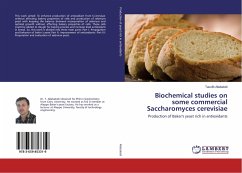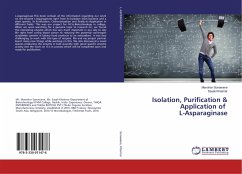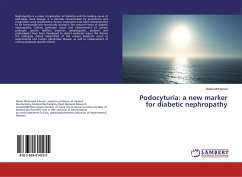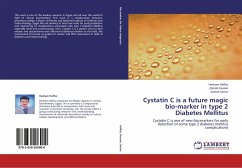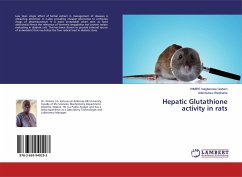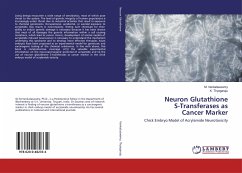
Neuron Glutathione S-Transferases as Cancer Marker
Chick Embryo Model of Acrylamide Neurotoxicity
Versandkostenfrei!
Versandfertig in 6-10 Tagen
47,99 €
inkl. MwSt.

PAYBACK Punkte
24 °P sammeln!
Living beings encounter a wide range of xenobiotics, most of which pose threat to the system. The level of genetic integrity of human populations is increasingly under threat due to industrial activities that result in exposure to chemical genotoxins. Occupational, accidental, or suicidal exposure to acrylamide may results in neurotoxicity. Testing such chemicals for their ability to induce genetic damage is necessary because it has been shown that most of all damages the genetic information within a cell causing mutations, which lead to cancer. Hence, development of animal models of acrylamid...
Living beings encounter a wide range of xenobiotics, most of which pose threat to the system. The level of genetic integrity of human populations is increasingly under threat due to industrial activities that result in exposure to chemical genotoxins. Occupational, accidental, or suicidal exposure to acrylamide may results in neurotoxicity. Testing such chemicals for their ability to induce genetic damage is necessary because it has been shown that most of all damages the genetic information within a cell causing mutations, which lead to cancer. Hence, development of animal models of acrylamide induced neurocancer is necessary to understand the mechanism underlying this syndrome and to develop more effective therapies. Avian embryos have been proposed as an experimental model for genotoxic and carcinogenic testing of the chemical substances. In line with above, this book is comprehensive coverage of (i) the valuable experimental information on the neurocarcinogenic potential of acrylamide and (ii) the use of neuron glutathione S-transferases as cancer marker in the chick embryo model of acrylamide toxicity.



